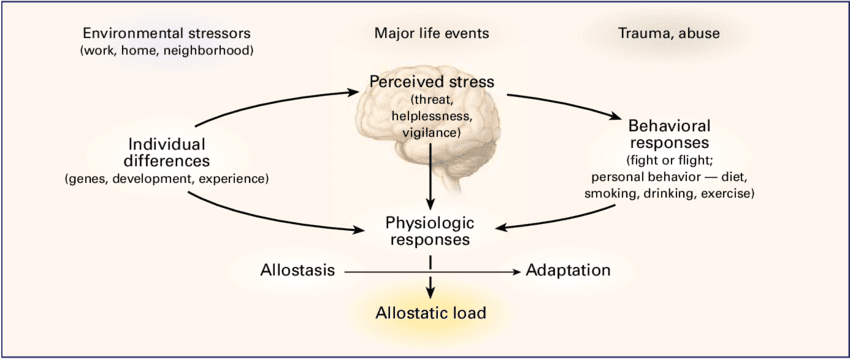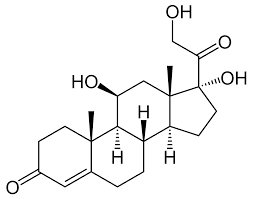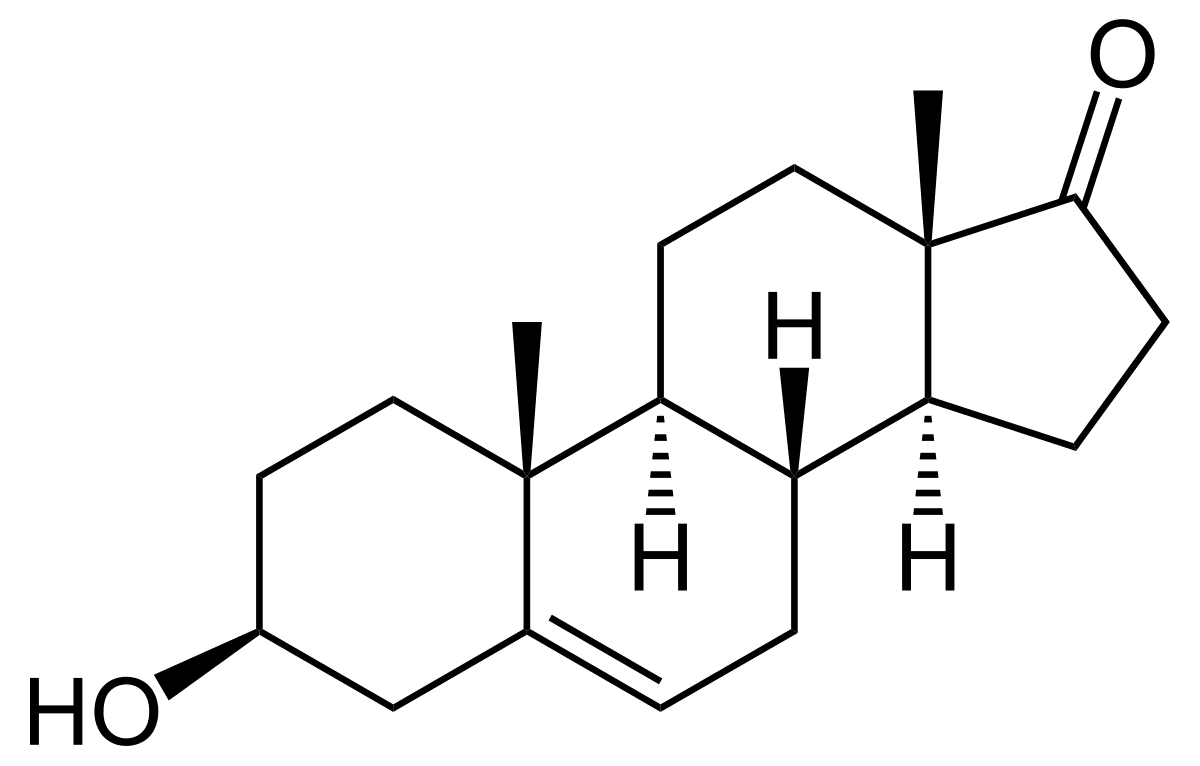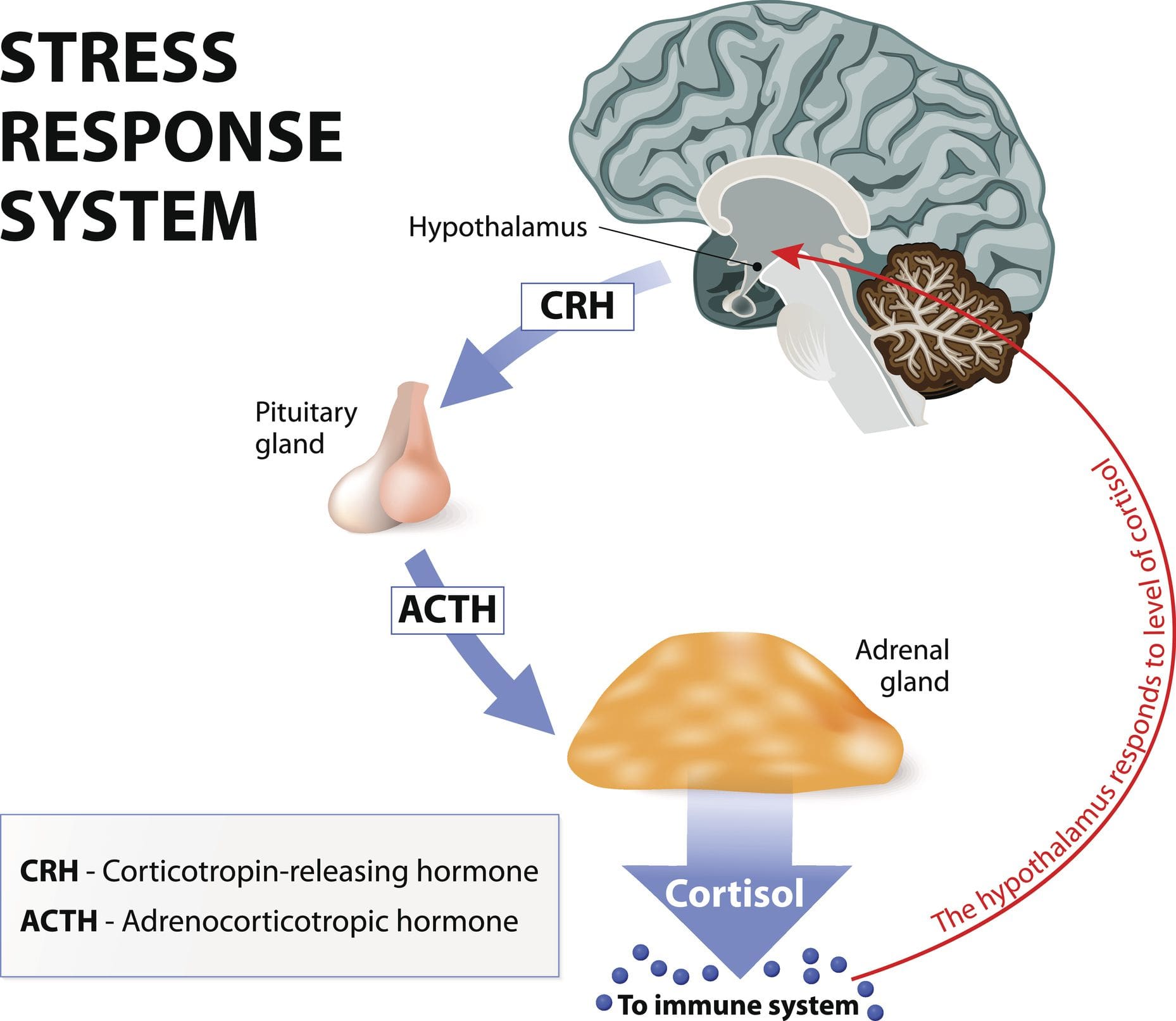Table of Contents
Introduction
Throughout the entire body system, everything is connected. From the gut to the brain, to the hormones all the way to the immune system, every system has a specific job to make sure that the body is working properly. When there are unknown pathogens that affect the body drastically, it can cause the body to be dysfunctional and cause chronic illnesses to come up. In this 3 part series, we will be taking a look at how stress and the immune-brain connection work together as well as seeing how the adrenal glands play into this. Part 2 will be discussing what is hypercortisolism and its symptoms affecting the body. And finally, part 3 will be taking a look at the immune system and natural remedies to lower cortisol levels. By referring patients to qualified and skilled providers who specialized in hormone wellness services and we advise our patients to appropriately refer to our associated medical providers based on their examination. We find that education is the key when asking valuable questions to our providers. Dr. Jimenez DC provides this information as an educational service only. Disclaimer
Can my insurance cover it? Yes, in case you are uncertain here is the link to all the insurance providers we cover. If you have any questions, please call Dr. Jimenez at 915-850-0900.
What Is Stress?
So stress plays a major influence in a person’s day-to-day life. It affects not only a person’s mood but their well-being, their behavior, and their health. Stress has two categories where it can affect the body and can either be beneficial or harmful depending on the two categories. They are acute stress and chronic stress. So acute stress isn’t harmful to the body and it usually comes when someone is worried about a big test that is coming up or a job interview that they have. This type of stress can increase hormonal production and release it into the correct body systems giving them a little boost of energy.
However, chronic stress is due to long-term triggers that have affected the body. These long-term triggers can range from depression to trauma depending on what the person is suffering from. Chronic stress can shift the levels of blood pressure in the body and can cause plaque formation in the arteries and damage them. When this happens the body can suffer tremendously and the individual can develop chronic illnesses. Another set of terms for acute and chronic stress is allostasis and allostatic load.
Allostasis
So allostasis is the ability to achieve stability through change and it is critical to survival. The stress system helps protect the body by responding to internal and external stress. Studies have found that allostasis can help with the adaptive process of acute stress by maintaining the homeostasis of mediator productions like adrenaline, cortisol, and other chemicals that the body naturally produces.
Allostasis can help the body by providing support to:
- Autonomic nervous system
- Hypothalamic–pituitary–adrenal (HPA) axis
- Cardiovascular and metabolic systems
- Immune systems
Allostasis can even help increase the glucocorticoids and epinephrine in the body to help promote protective effects on adaptive stressors that the body encounters.
Allostatic Load
Allostatic load is the price of accommodation to the collective burden that results from chronic overactivity or under activity of allostatic systems. The wear and tear of the body and the brain is the result of chronic overactivity or inactivity of physiological systems that are normally involved in adaptation to environmental challenges. This can be numerous factors that can cause an allostatic load on the body. There can be frequent exposures that can cause this burden to be placed upon the body. Environmental challenges can cause the brain to overwork itself while physiological consequences that are the result of health-damaging behaviors like circadian disruption and an unhealthy diet can affect the body. So when the HPA axis is either overworked or fails to shut off after stressful events or when normal compensatory systems overreact this is the result of allostatic load.
The Adrenal Glands
The adrenal glands are two triangle-shaped organs that are located on top of the kidneys. Their job is to secrete out the hormone adrenaline, which is the hormone that will help prepare the body to be active in any stressful situation. There are two parts of the adrenal glands that help the production of hormones that are being released into the body. The adrenal cortex is located on the outer region of the adrenal gland and produces the hormone cortisol, which is the stress hormone, and DHEA, which is the sex hormone. The second part is the adrenal medulla and which is located in the inner region of the adrenal gland and it produces adrenaline and nonessential hormones.
The Adrenal Hormone Functions
With the adrenal glands producing the necessary hormones for the body, it is important that they have to be regulated in order for the necessary organs to do their job. The adrenal gland’s function and the hormone they produce helps maintain the salt balance in the bloodstream and muscle tissues. They also help control the body’s sex hormones in both male and female bodies. Two of the main hormones that the adrenal gland produces for the body are cortisol and DHEA.
Cortisol
Cortisol is produced in the adrenal glands and helps regulate protein, carbohydrate, lipid, and nucleic acid metabolism in the body. The cortisol hormone help elevate both blood sugar and blood pressure in the body, while also increasing protein catabolism and inhibition of protein synthesis. Cortisol is widely known as the body’s stress hormone and is the main glucocorticoid that is released into the body and is anti-inflammatory which helps cytokine suppression. Cortisol has many beneficial properties that help the body including:
- Decreased antibody production
- Suppresses release of growth hormone
- Aid bone loss
- Increases gastric acid production
- Inhibits production of nucleic acids (except liver RNA)
- Mobilizes fatty acids
DHEA (Dehydroepiandrosterone)
DHEA or dehydroepiandrosterone is the precursor to sex hormones and is the most abundant hormone produced by the adrenal cortex. it helps activate endothelial nitric oxide synthase and is directly bound to NMDA and GABA receptors in the brain. Studies have shown that DHEA helps modulate the body’s cardiovascular signaling pathways while also exerting out anti-inflammatory effects. Some of the other beneficial properties that DHEA provides include:
- Anti-atherogenic
- Lowers triglycerides
- Improves insulin sensitivity
- Promotes a sense of well being
- Neuroprotective
- Maintains tissue strength and repair
- Direct action on immune cells
- Promotes bone growth
How is Stress and the Immune System Connected?
Since the body has many functions that help make sure that the body is performing its optimal best and with stress, it is connected to the immune system. Stress plays a huge role and correlates to the immune system by sending signals to the brain. Studies have shown that the influence of stress on the immune system is mediated not only by glucocorticoids but also by growth hormones. Just like how the gut and brain are connected, stress and the immune system go hand in hand to make sure that the hormone levels are balanced and are coordinating behavioral and physiological responses to any inflammation and infections in the body.
Conclusion
All in all, the body needs a combination of stress and hormones in order to function its immune system. The immune system helps the body fight off viral infections and bacteria that can harm the body and the combination of the stress hormone that is being secreted to the immune system will help the body give an extra boost of immunity. When there is an overabundance or underabundance of hormones in the body, it can cause problems and complications to the body that can lead to chronic illness. But when the hormones are regulated and functioning normally, the body can live a happy healthy life.
References
Dantzer, R, and K W Kelley. “Stress and Immunity: An Integrated View of Relationships between the Brain and the Immune System.” Life Sciences, U.S. National Library of Medicine, 1989, https://pubmed.ncbi.nlm.nih.gov/2568569/.
Guidi, Jenny, et al. “Allostatic Load and Its Impact on Health: A Systematic Review.” Psychotherapy and Psychosomatics, U.S. National Library of Medicine, 14 Aug. 2020, https://pubmed.ncbi.nlm.nih.gov/32799204/.
McEwen, Bruce S. “Stressed or Stressed out: What Is the Difference?” Journal of Psychiatry & Neuroscience: JPN, U.S. National Library of Medicine, Sept. 2005, https://www.ncbi.nlm.nih.gov/pmc/articles/PMC1197275/.
Rutkowski, Krzysztof, et al. “Dehydroepiandrosterone (DHEA): Hypes and Hopes.” Drugs, U.S. National Library of Medicine, July 2014, https://pubmed.ncbi.nlm.nih.gov/25022952/.
Sargis, Robert M. “Adrenal Glands: Definition, Function, Adrenal Gland …” Endocrineweb, 5 Jan. 2021, https://www.endocrineweb.com/endocrinology/overview-adrenal-glands.
Schneiderman, Neil, et al. “Stress and Health: Psychological, Behavioral, and Biological Determinants.” Annual Review of Clinical Psychology, U.S. National Library of Medicine, 2005, https://www.ncbi.nlm.nih.gov/pmc/articles/PMC2568977/.
Thau, Lauren, et al. “Physiology, Cortisol.” StatPearls [Internet]., U.S. National Library of Medicine, 6 Sept. 2021, https://www.ncbi.nlm.nih.gov/books/NBK538239/.
Disclaimer
Post Disclaimer
Professional Scope of Practice *
The information on this blog site is not intended to replace a one-on-one relationship with a qualified healthcare professional or licensed physician and is not medical advice. We encourage you to make healthcare decisions based on your research and partnership with a qualified healthcare professional.
Blog Information & Scope Discussions
Welcome to El Paso's Premier Wellness and Injury Care Clinic & Wellness Blog, where Dr. Alex Jimenez, DC, FNP-C, a board-certified Family Practice Nurse Practitioner (FNP-BC) and Chiropractor (DC), presents insights on how our team is dedicated to holistic healing and personalized care. Our practice aligns with evidence-based treatment protocols inspired by integrative medicine principles, similar to those found on this site and our family practice-based chiromed.com site, focusing on restoring health naturally for patients of all ages.
Our areas of chiropractic practice include Wellness & Nutrition, Chronic Pain, Personal Injury, Auto Accident Care, Work Injuries, Back Injury, Low Back Pain, Neck Pain, Migraine Headaches, Sports Injuries, Severe Sciatica, Scoliosis, Complex Herniated Discs, Fibromyalgia, Chronic Pain, Complex Injuries, Stress Management, Functional Medicine Treatments, and in-scope care protocols.
Our information scope is limited to chiropractic, musculoskeletal, physical medicine, wellness, contributing etiological viscerosomatic disturbances within clinical presentations, associated somato-visceral reflex clinical dynamics, subluxation complexes, sensitive health issues, and functional medicine articles, topics, and discussions.
We provide and present clinical collaboration with specialists from various disciplines. Each specialist is governed by their professional scope of practice and their jurisdiction of licensure. We use functional health & wellness protocols to treat and support care for the injuries or disorders of the musculoskeletal system.
Our videos, posts, topics, subjects, and insights cover clinical matters and issues that relate to and directly or indirectly support our clinical scope of practice.*
Our office has made a reasonable effort to provide supportive citations and has identified relevant research studies that support our posts. We provide copies of supporting research studies available to regulatory boards and the public upon request.
We understand that we cover matters that require an additional explanation of how they may assist in a particular care plan or treatment protocol; therefore, to discuss the subject matter above further, please feel free to ask Dr. Alex Jimenez, DC, APRN, FNP-BC, or contact us at 915-850-0900.
We are here to help you and your family.
Blessings
Dr. Alex Jimenez DC, MSACP, APRN, FNP-BC*, CCST, IFMCP, CFMP, ATN
email: coach@elpasofunctionalmedicine.com
Licensed as a Doctor of Chiropractic (DC) in Texas & New Mexico*
Texas DC License # TX5807
New Mexico DC License # NM-DC2182
Licensed as a Registered Nurse (RN*) in Texas & Multistate
Texas RN License # 1191402
ANCC FNP-BC: Board Certified Nurse Practitioner*
Compact Status: Multi-State License: Authorized to Practice in 40 States*
Graduate with Honors: ICHS: MSN-FNP (Family Nurse Practitioner Program)
Degree Granted. Master's in Family Practice MSN Diploma (Cum Laude)
Dr. Alex Jimenez, DC, APRN, FNP-BC*, CFMP, IFMCP, ATN, CCST
My Digital Business Card







